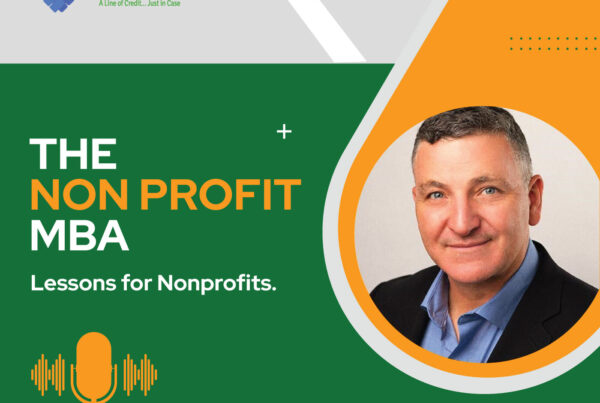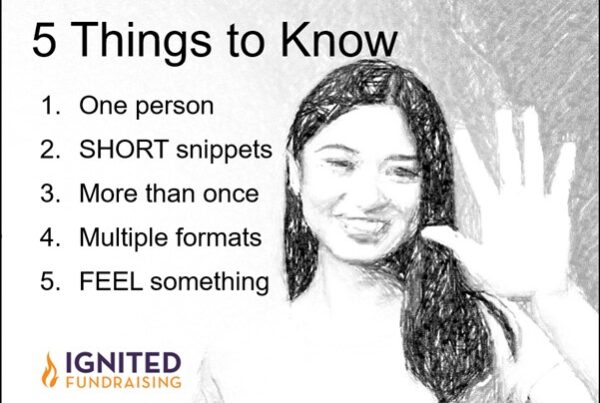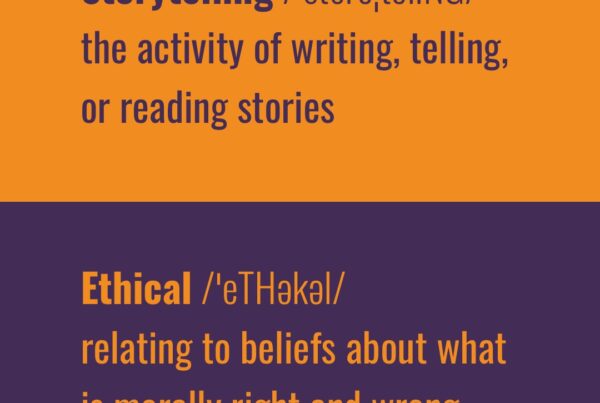Over a year ago, at a Minnesota Business Reputations event I was very excited to hear Chris Brogan (@ChrisBrogan) speak about building trust. The focus of Chris’ interesting, edgy talk was about building trust online through the use of social media. I learned some new things about the importance of providing value, humanizing communication, and building loyal followers; all good things in both social media and in fundraising.
Chris used a greeting that cold February day that struck me deeply. I’ve used it over and over again in my fundraising trainings about building meaningful donor relationships.
 Chris greeted the crowd with the word: Sawubona. The Zulu greeting for “I see you.”
Chris greeted the crowd with the word: Sawubona. The Zulu greeting for “I see you.”
Think about it for just a moment. How meaningful to greet someone by telling them you see them? Wow. Don’t we all just want to be seen for who we are, for just a moment?
As you wander through your fundraising year this year, I challenge you and your organization to really “see” your supporters. Your investors. Those who have given bits of themselves in support of furthering your mission and to helping others.
Unfortunately, this example I have of being seen is likely the norm and it didn’t feel very good:
In the summer of 2009 I made a contribution of $400 to fund the garden for a childcare program at a large social profit organization. That’s a pretty generous contribution for me and this was a new gift to a client I’d done some work with. They “heard” me when I shared that kids are the thing that can cause me to give. So their “ask” for a gift of $400 to fund the garden for kids under the age of five resonated with me and I said yes.
The summer passed. I may have received the perfunctory thank you letter for the gift, I don’t recall. The fall came and went. And then I forgot about the contribution.
Fast-forward to December 2010. Over a year and a half later I received a Dear Friends letter from the organization asking me to consider increasing my gift from the previous year. As I read the letter my jaw dropped open.
I teach “fundraising is deep, profound relatedness” and I wasn’t feeling very connected or related to them at that point. In fact, I was feeling a little like an ATM. They assumed that since I’d given once, I was likely to give again. I kept the letter to remind me to tell this story and to remind others how simple it would have been to “see” me and ensure another gift.
- They could have sent a photo of the garden in full bloom.
- They could have sent a photo of the garden with the KIDS in it.
- They could have invited me to visit the garden.
- The kids could have sent me an invitation to see the garden.
- They could have sent a thank you from the kids – A messy, crayon-drawn thank you that let me know the garden was something that made a difference for those kids that summer.
Here are a few other ways to personalize your connection to your supporters. (These options are made quite simple with a good database that you’ve kept current noting donor interests and recent contacts.)
- When sending emails or letters make sure they are personalized. “Dear Lori” is a much more personal way to “see” someone than Dear Friends.
- Send updates throughout the year to segments of supporters with similar interests. e.g. Updates about how and what the kids are doing with the vegetables or flowers from the garden; or updates about the meals-on-wheels program to those who have a connection to seniors.
- Once or twice a year engage board members or other donors to make personal know-thy-donor calls to people who have given gifts of a certain size and above. Make sure the callers really listen to why the donor gave and learn something new about them.
- Only ask for money again after you’ve shared at least once how the previous gift was used and the impact it had.
There are many, many more ways to personalize the connection a supporter has to your organization that doesn’t take much time. What does your organization do to “see” your supporters?
Sawubona.
This post was included in Withism’s from Lori: Boldness, Clarity & Wisdom for Fundraising Professionals Making a Difference (Volume 1), now available in paperback, on Kindle, and Nook.








This is one of my biggest pet peeves! A local organization that my husband and I support is so good at keeping us updated. We receive calls – about quarterly – from the development officer to touch base, invite us to various events, etc. The past two years at Christmas she’s visited us to provide a personal update and a small gift (two years ago it was a poinsettia plant that the kids had grown). Other organizations though just send an appeal letter periodically and don’t send a thank you note at all (you can probably guess which agency continues to receive our support).
Wow, that’s really awful. Your story speaks to the heart of how a successful fundraising shop is donor-centered, not organization centered. Focusing on the donor’s desires, helping them see the impact of their giving, and not just talking about what the organization needs is what we need more of. Thanks for sharing!
Thanks for the comments Kirsten & Donna. I am grateful I don’t have too many stories like that to share…and hopefully it’s a wakeup call to those who might be heading in that direction.
Lori,
I so feel your pain. I just got a dear Friend letter from an organization that I too give a rather large gift for me and had been on their board and served as Chair!! I gave them the benefit of the doubt that they had me down as a duplicate account under my business name, but not many donors would do that.
It really pays to keep a careful eye on each and every donor. And to make sure databases have important history on them. And to look at the history before sending anything out the door.
Lori, great illustration of your point (unfortunate it is a true story)!
I’d like to add to the list of how to “see” donors. Organizations can use their special events. Consider using a video board for updates, photos and messages streaming during a cocktail hour. Using these social times to communicate can be real positives.